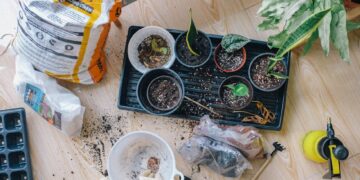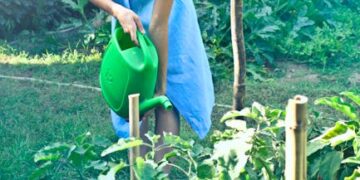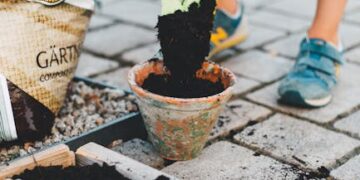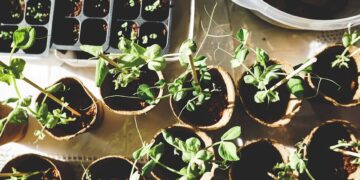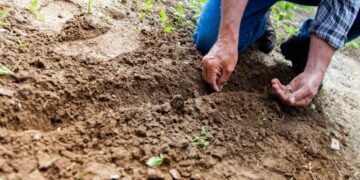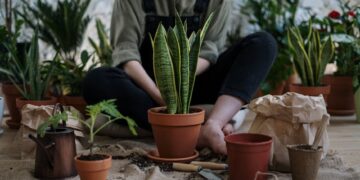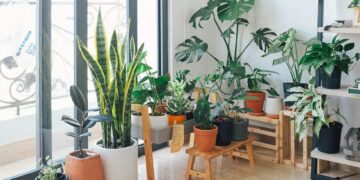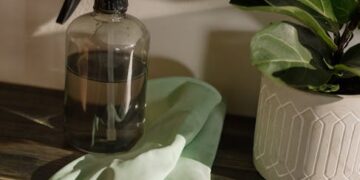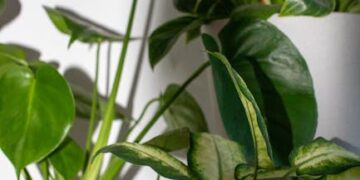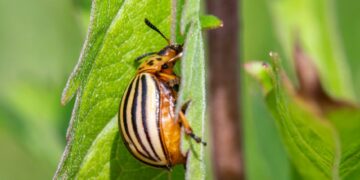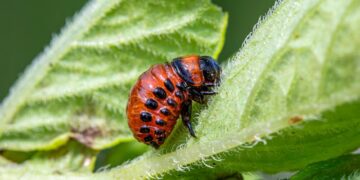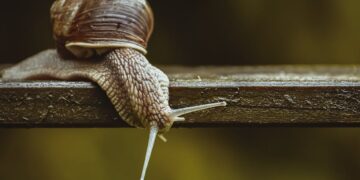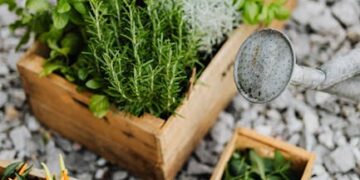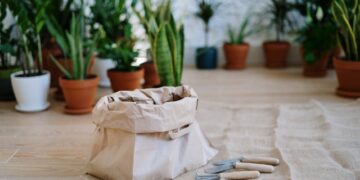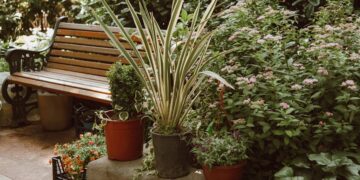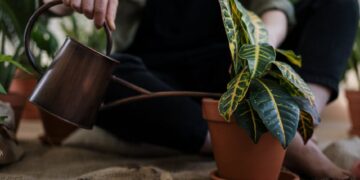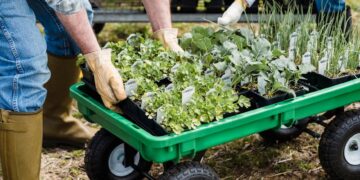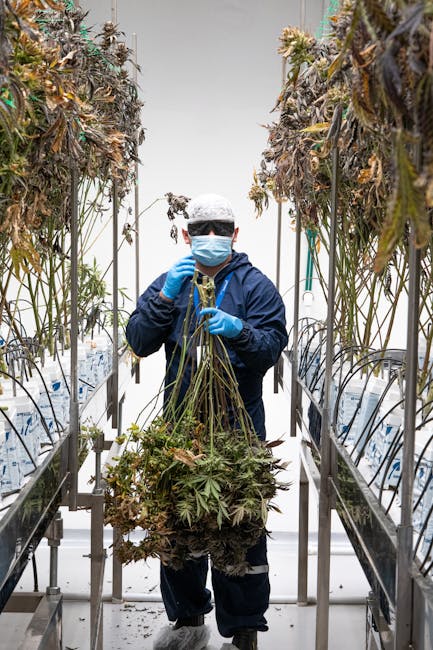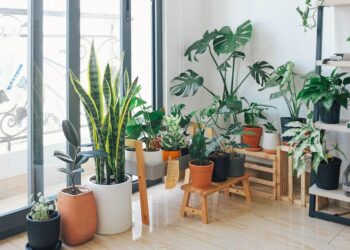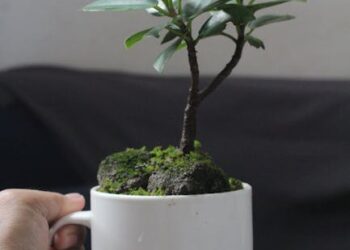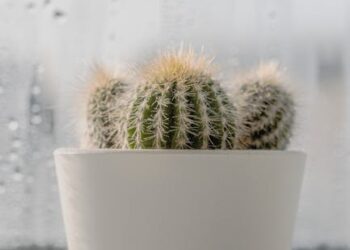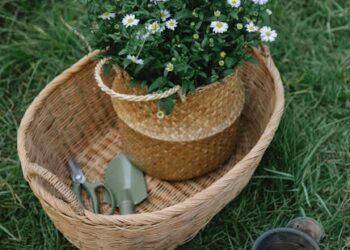The Ultimate Guide to Indoor Gardening: Tips for Beginners
Indoor gardening can be a delightful and rewarding hobby, whether you’re living in a small apartment or looking to brighten up your home. Not only does it enhance the aesthetics of your living space, but it can also improve air quality and provide a sense of achievement as you watch your plants flourish. This guide offers essential tips, practical advice, and answers to common questions to help beginners embark on their indoor gardening journey with confidence.
Understanding the Basics of Indoor Gardening
Before you start, it’s crucial to understand what indoor gardening entails and how it differs from its outdoor counterpart. Indoor gardening involves growing plants within an enclosed space using containers. This method offers you control over the environment, allowing you to grow a variety of plants year-round, regardless of the weather conditions outside.
Choosing the Right Plants
Selecting the right plants is the cornerstone of successful indoor gardening. Consider plants that are known for their adaptability to indoor environments. Some popular choices include:
- Snake Plant: Known for its hardiness and air-purifying qualities.
- Pothos: A low-maintenance vine that thrives in low light and sporadic watering.
- Peace Lily: This plant is celebrated not only for its striking appearance but also for its ability to enhance indoor air quality.
Essential Supplies
To get started, you’ll need some basic supplies:
- Containers: Ensure they have adequate drainage holes to prevent waterlogging.
- Soil: Opt for a high-quality potting mix that provides proper nutrients and drainage.
- Watering Can: For gentle watering that doesn’t disturb the soil or plant roots.
- Fertilizer: Choose a balanced fertilizer appropriate for indoor plants to promote growth.
- Light Source: Whether it’s natural sunlight or artificial lights, your plants need adequate light to thrive.
Implementing Effective Care Techniques
Watering Your Indoor Plants
Proper watering is vital. Over-watering is a common mistake among beginners and can lead to root rot. Here’s how to water effectively:
- Check the soil’s moisture level before watering; it should be dry an inch below the surface for most plants.
- Water thoroughly until it runs out of the drainage holes, then let the soil dry before the next watering.
Lighting Needs
Understanding your plant’s light needs is crucial:
- Low Light: Plants like the Snake Plant and Pothos thrive in lower light conditions and are perfect for rooms with few windows.
- Bright, Indirect Light: Plants such as the Peace Lily and Spider Plant prefer bright, indirect sunlight, making them suitable for placement near a window with sheer curtains.
Fertilization
Feeding your plants the right amount of nutrients can significantly impact their health:
- Utilize a balanced liquid fertilizer, diluting it according to the package’s instructions.
- Feed your plants every 4-6 weeks during the growing season (spring and summer) and reduce feeding in the dormant season (fall and winter).
Dealing with Common Indoor Gardening Challenges
Pest Management
Even indoor gardens can have pests. Here’s how to manage them:
- Inspect new plants thoroughly before introducing them to your indoor garden.
- For mild infestations, use soapy water or neem oil. For more severe problems, consider eco-friendly pesticides.
Disease Control
Prevent plant diseases by ensuring good air circulation and avoiding overhead watering. If you notice signs of disease:
- Isolate the affected plant to prevent spread.
- Trim off diseased leaves and discard them properly.
Expanding Your Indoor Garden
As you gain more confidence and experience, you can start experimenting with more challenging plants and even venture into hydroponics or use smart garden gadgets. The possibilities are endless!
Exploring New Plant Varieties
Once comfortable, consider branching out into flowering plants like African Violets or Orchids, which require more attention but reward you with stunning flowers.
Conclusion
Indoor gardening is a wonderful hobby that beautifies your home and can improve your well-being. By starting with the right plants and mastering basic care techniques, you’ll ensure your indoor garden is both a sanctuary and a success. Keep learning, experimenting, and growing your green thumb!

